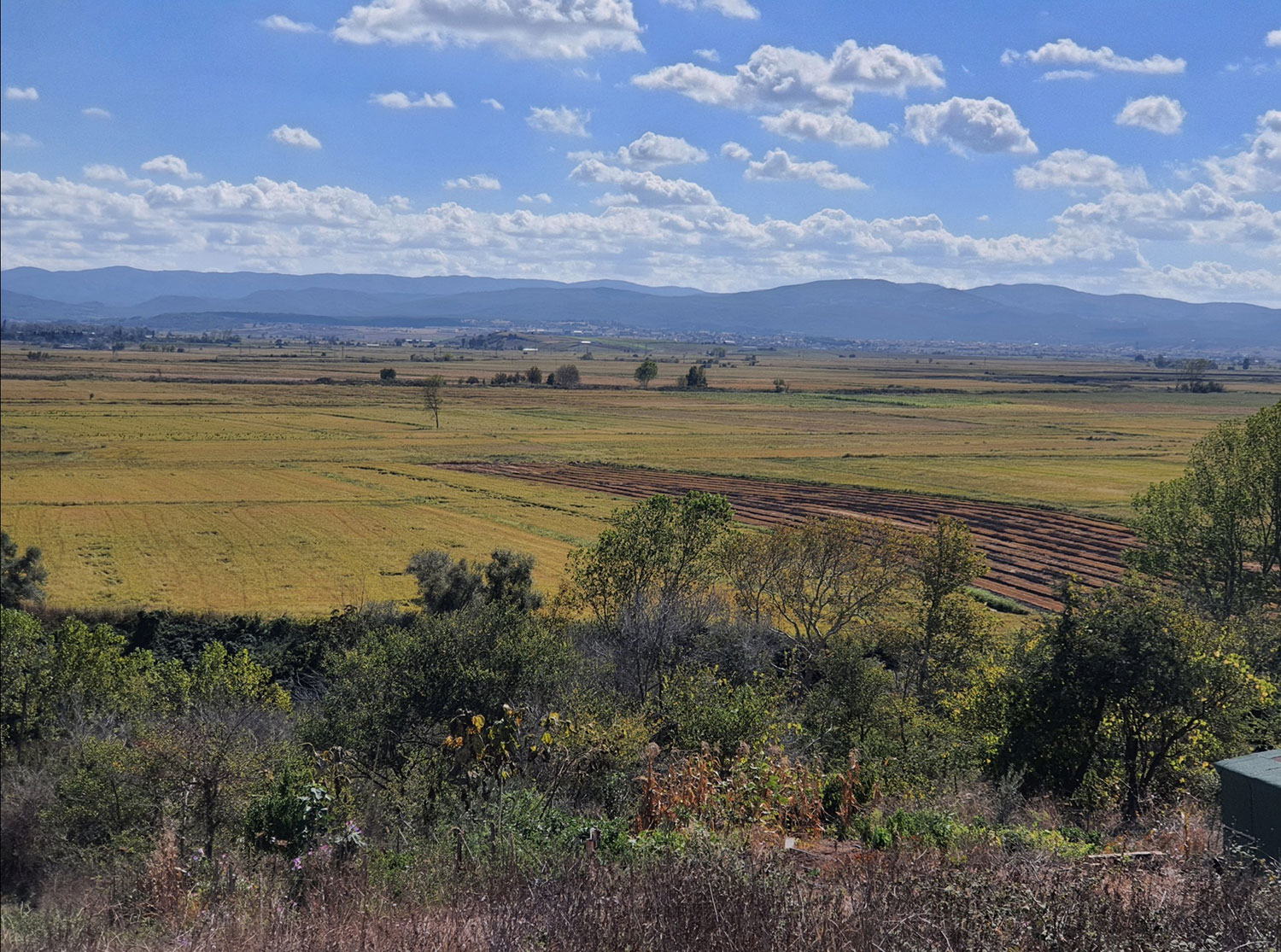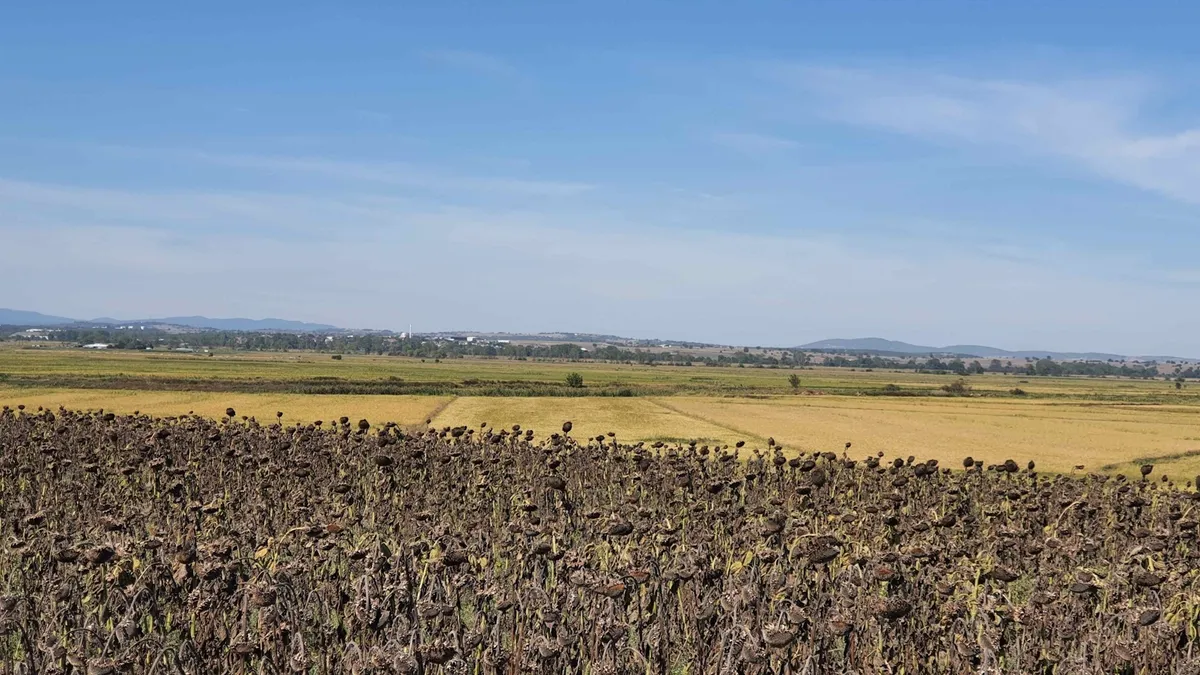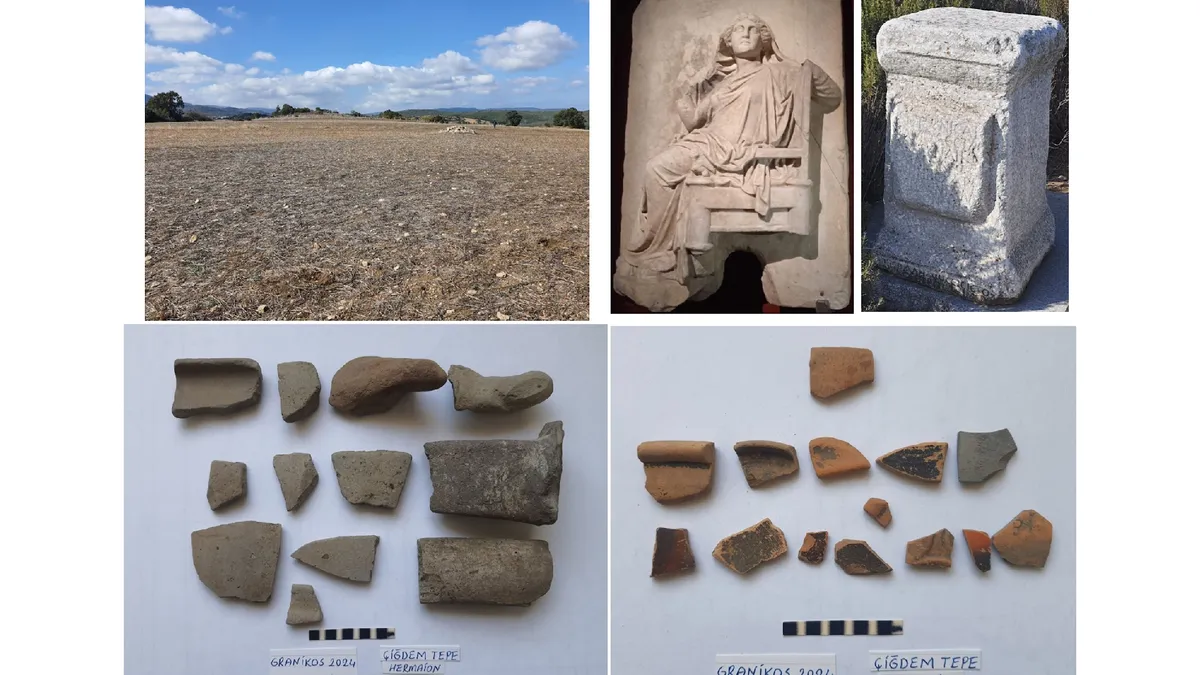I had a suspicion whilst writing last night that the Greek mercenaries were fighting on the Persian side, not on Alexander's side. I therefore did a bit of investigating.
Diodorus says (Book XVII, 17) that of the troops Alexander took into Asia there were 5,000 mercenary infantry.
There were found to be, of infantry, twelve thousand Macedonians, seven thousand allies, and five thousand mercenaries, all of whom were under the command of Parmenion. Odrysians, Triballians, and Illyrians accompanied him to the number of seven thousand; and of archers and the so‑called Agrianians one thousand, making up a total of thirty-two thousand foot soldiers.
Looking at the battle line-ups for the Granicus, these mercenaries are not mentioned specifically. They therefore have to have been incorporated into the six battalions of the phalanx, commanded by Perdiccas, Coenus, Amyntas s. of Andromenes, Philip s. of Amyntas, Meleager, Craterus at the Granicus. To the right of them stood the hypaspists under Parmenion's son Nicanor. These are likely to have been mostly Macedonian.
There is also no mention of a hill behind Alexander or reserves. The only higher ground mentioned seems to be on the Persian, presumably the eastern, side of the river.
Diodorus says (Book XVII, 19)
When Alexander learned of the concentration of the Persian forces, he advanced rapidly and encamped opposite the enemy, so that the Granicus flowed between the encampments. The Persians, resting on high ground, made no move, intending to fall upon the foes as he crossed the river,
Arrian (Book I, 14) says
They (the Persians) had extended their horse along the bank of the river in a long phalanx, and had posted the infantry behind the cavalry, for the ground above the bank was steep and commanding.
Plutarch says (Book I, 16)
the Macedonian phalanx crossed the river and the infantry forces on both sides engaged. 13 The enemy, however, did not resist vigorously, nor for a long time, but fled in a rout, all except the Greek mercenaries. These made a stand at a certain eminence, and asked that Alexander should promise them quarter.
Once the Greek mercenaries were defeated, Arrian (Book I, 16) says
Of the other cavalry over sixty were slain, and of the infantry, about thirty. These were buried by Alexander the next day, together with their arms and other decorations.
The grave that has been found therefore (even if it is of the right period), is either Macedonian or from the Greek allies/mercenaries. There appears to have been a confusion in these reports with the Greek mercenaries fighting for the Persians with Alexander's side. None of the Greek mercenaries on the Persian side are likely to have been buried with honour or their weapons as the survivors were sold into slavery by Alexander.
As for the photos, I need to have a think about these and see if I can work out which direction they are facing.



